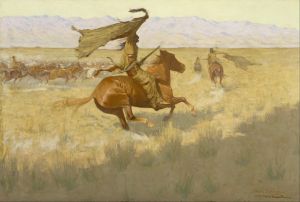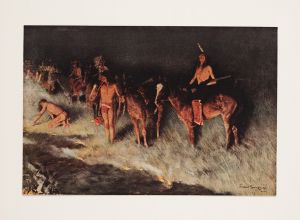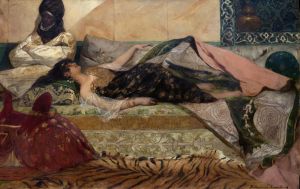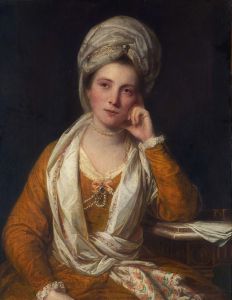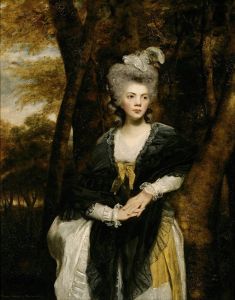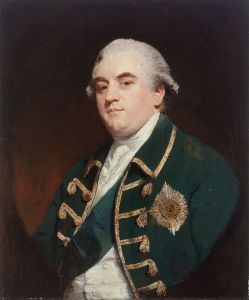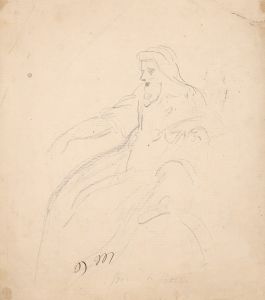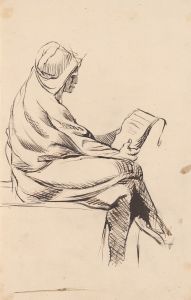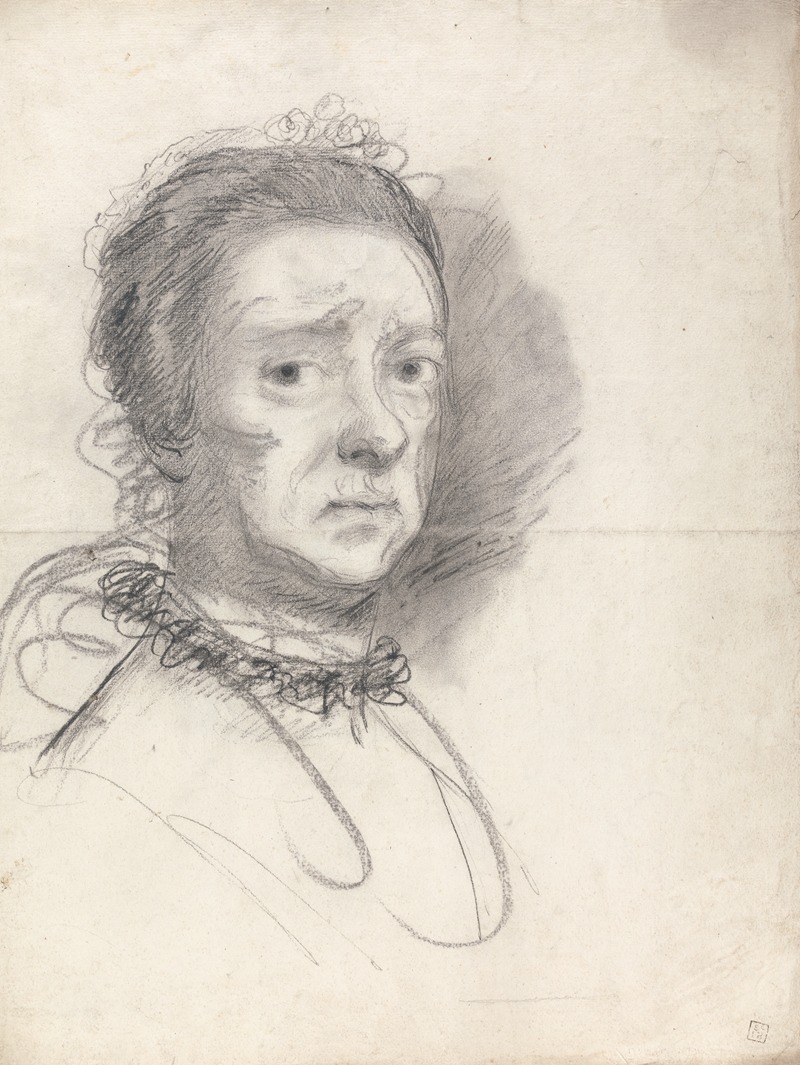
Head of an elderly lady: studies from Raphael’s Disputation
A hand-painted replica of Sir Joshua Reynolds’s masterpiece Head of an elderly lady: studies from Raphael’s Disputation, meticulously crafted by professional artists to capture the true essence of the original. Each piece is created with museum-quality canvas and rare mineral pigments, carefully painted by experienced artists with delicate brushstrokes and rich, layered colors to perfectly recreate the texture of the original artwork. Unlike machine-printed reproductions, this hand-painted version brings the painting to life, infused with the artist’s emotions and skill in every stroke. Whether for personal collection or home decoration, it instantly elevates the artistic atmosphere of any space.
"Head of an Elderly Lady: Studies from Raphael’s Disputation" is a drawing by Sir Joshua Reynolds, an influential 18th-century English portrait painter and the first president of the Royal Academy of Arts. This artwork is a study based on a figure from Raphael’s fresco "The Disputation of the Holy Sacrament" (commonly referred to as "The Disputa"), which is located in the Vatican’s Apostolic Palace. Raphael’s fresco, completed between 1509 and 1510, is one of the masterpieces of the High Renaissance and forms part of the decoration of the Stanza della Segnatura, a room commissioned by Pope Julius II.
Reynolds, known for his admiration of the Old Masters, often studied and copied their works as part of his artistic practice. This particular drawing reflects his engagement with Raphael’s art, which he regarded as a model of ideal beauty and composition. The study focuses on the head of an elderly female figure, capturing her expression and features with careful attention to detail. Reynolds’ use of chalk in this work demonstrates his skill in rendering texture and form, as well as his ability to convey the character and emotion of his subject.
The drawing is part of Reynolds’ broader efforts to learn from and reinterpret the works of Renaissance artists. By studying Raphael’s fresco, Reynolds sought to internalize the techniques and principles that had defined the art of the Italian Renaissance. This practice was consistent with the academic tradition of his time, which emphasized the importance of studying classical and Renaissance art as a foundation for contemporary artistic innovation.
The exact date of the drawing is not documented, but it is believed to have been created during Reynolds’ career as a mature artist, when he was actively engaging with the works of the Old Masters. The drawing is now housed in the collection of the British Museum, where it is preserved as an example of Reynolds’ studies and his connection to the artistic heritage of Europe.
This work is significant not only as a study of Raphael’s fresco but also as a reflection of Reynolds’ role in promoting the values of the Grand Style in British art. By drawing inspiration from Raphael and other Renaissance artists, Reynolds contributed to the elevation of painting as a noble and intellectual pursuit in 18th-century Britain.





